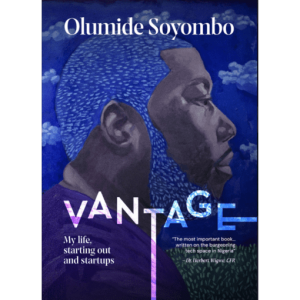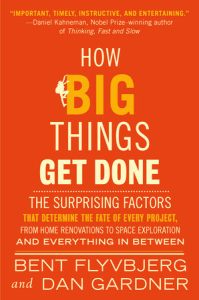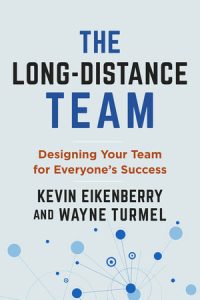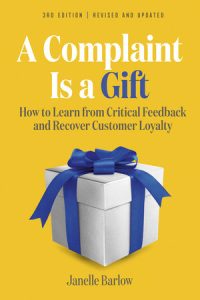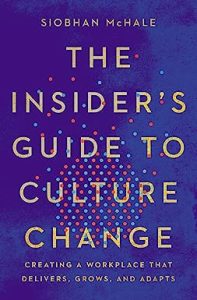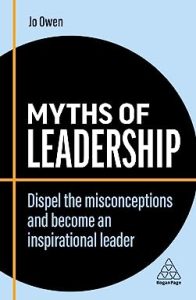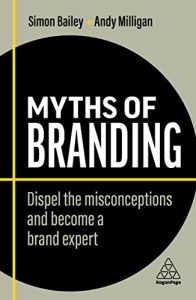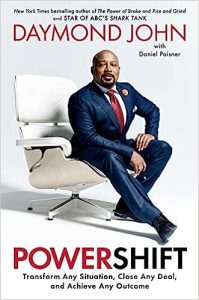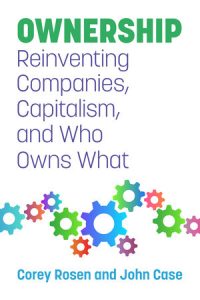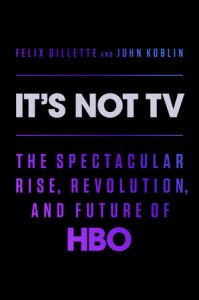Vantage
₦10,000.00Africa is now the land of unicorns, but before unicorns, there were numerous stories that captured the power and pioneering spirit of the continent’s techpreneurs. Enter Olumide Soyombo who discovered the Personal Computer as a teenager and with the nudging of his father, became an entrepreneur. Set against the backdrop of the evolution of Africa’s emergence on the tech scene and the pivotal role and leadership offered by Nigerians and the country’s contemporary culture, Vantage tells the story of Olumide’s pioneering role with candour, grace and humility.

